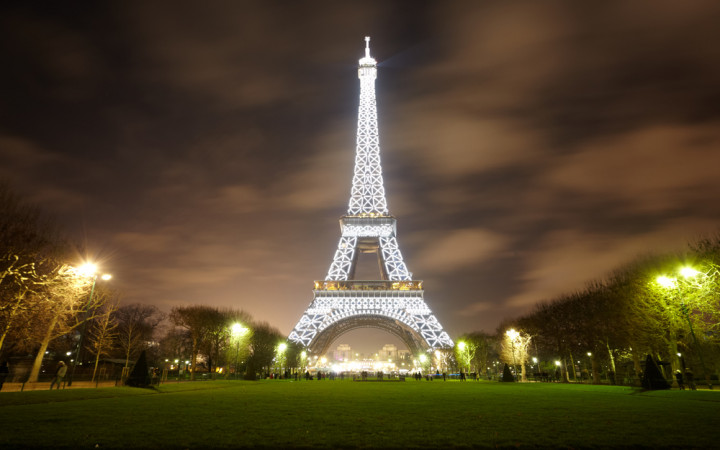The Eiffel Tower was designed by engineer Gustave Eiffel to be the focal point and entrance arch for the World's Fair celebrating the 100th anniversary of the French Revolution. It was inaugurated on March 31, 1889, and has since become the symbol of Paris and France, as well as one of the most-recognizable structures in the world.
In France, the Eiffel Tower is known as La Tour Eiffel or la dame de fer, which means “the iron lady." It's an iron lattice tower that stands 984 feet tall (1,063 feet if you include the broadcast antennas at the top).
At completion, it passed the Washington Monument as the tallest man-made structure in the world. It held that title until 1930, when the Chrysler Building was built in New York City.
The Eiffel Tower remains the tallest building in Paris. It is also the most-visited paid monument in the world. Experts estimate more than 200 million people have visited the Eiffel Tower since it opened!
Visitors can ascend to three different levels of the Eiffel Tower. The lower two levels can be accessed by stair or elevator, and they both contain restaurants. The top level can only be reached via elevator.
To build the Eiffel Tower, hundreds of workers used more than 2 million rivets to join together more than 18,000 pieces of iron. Although the building process was risky because of the tower's open-frame design, Eiffel insisted on safety precautions, and only one worker died during construction.
Believe it or not, the Eiffel Tower was not an immediate hit with the people of Paris. Many considered it to be an eyesore and wanted it to be torn down.
Since it was built for the 1889 World's Fair, the tower was originally meant to be temporary. The City of Paris planned to dismantle the tower after 20 years. However, it proved to be valuable as a radio communications tower, so it was allowed to stay.
Today, of course, the Eiffel Tower is considered an architectural masterpiece that has inspired more than 30 similar towers around the world. More than just a tourist attraction, it also continues to be a valuable communications tool, since it is used to transmit both radio and television broadcast signals.




